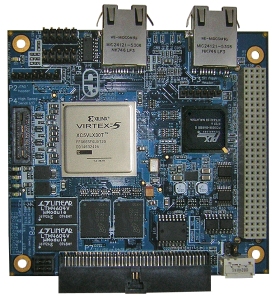The above video is some of our earlier development work on Texas Instrument’s DM355. This part is finding a home in a variety of consumer and industrial appliance devices. With low power, strong graphics and low cost it is a great example of silicon that is driving the future of the connected embedded universe.
I originally wanted to title this blog: “Rise of the Clones: The long march of a new silicon generation”. Of course being the philosopher on the QNX team I tend to see things in dramatic terms. The challenge with this (and much to the chagrin of my manager) is that sometimes things are a lot simpler than we (I) make them out to be. So setting aside the philosophical debate about whether the clones belong to the Imperial Alliance or the Republic, I thought I’d take note of the growing importance of the ARM architecture to QNX customers, particularly in the broad industrial automation and general embedded markets.
We’ve seen a strong uptick in the demand for the ARM architecture from our customers. At first it was at the high end of performance combined with low power consumption and was driven mostly by premium consumer and automotive products. However increasingly we’re seeing strong interest in a wide range of performance, power and IO appealing to a broad range of the industrial automation and other general embedded markets we serve.
Wondering whether this was isolated or trending I sought out sage advice on the future of the ARM architecture. Enter Colin Barnden, Principal Analyst of Semicast Research. In his most recent Industrial & Medical Sector report Colin is tracking dramatic growth rates for ARM parts at up to 30% Year over year. With rates like that, is it possible that ARM market share could eclipse even the likes of that other thriving Alliance…er…Republic?
Regardless of who wins this battle for silicon market share, we’ll be tracking these architectures closely and letting you know about what our customers find valuable from each.
By Kroy Zeviar
 Intel asked me for a QNX logo to put on the outside of a car so I asked them for a picture of said car. This is a BMW with a Harman Becker infotainment system based on an Intel Atom hardware platform running QNX and our latest Aviage HMI and multimedia suite.
Intel asked me for a QNX logo to put on the outside of a car so I asked them for a picture of said car. This is a BMW with a Harman Becker infotainment system based on an Intel Atom hardware platform running QNX and our latest Aviage HMI and multimedia suite. 



 Posted by Kroy Zeviar
Posted by Kroy Zeviar